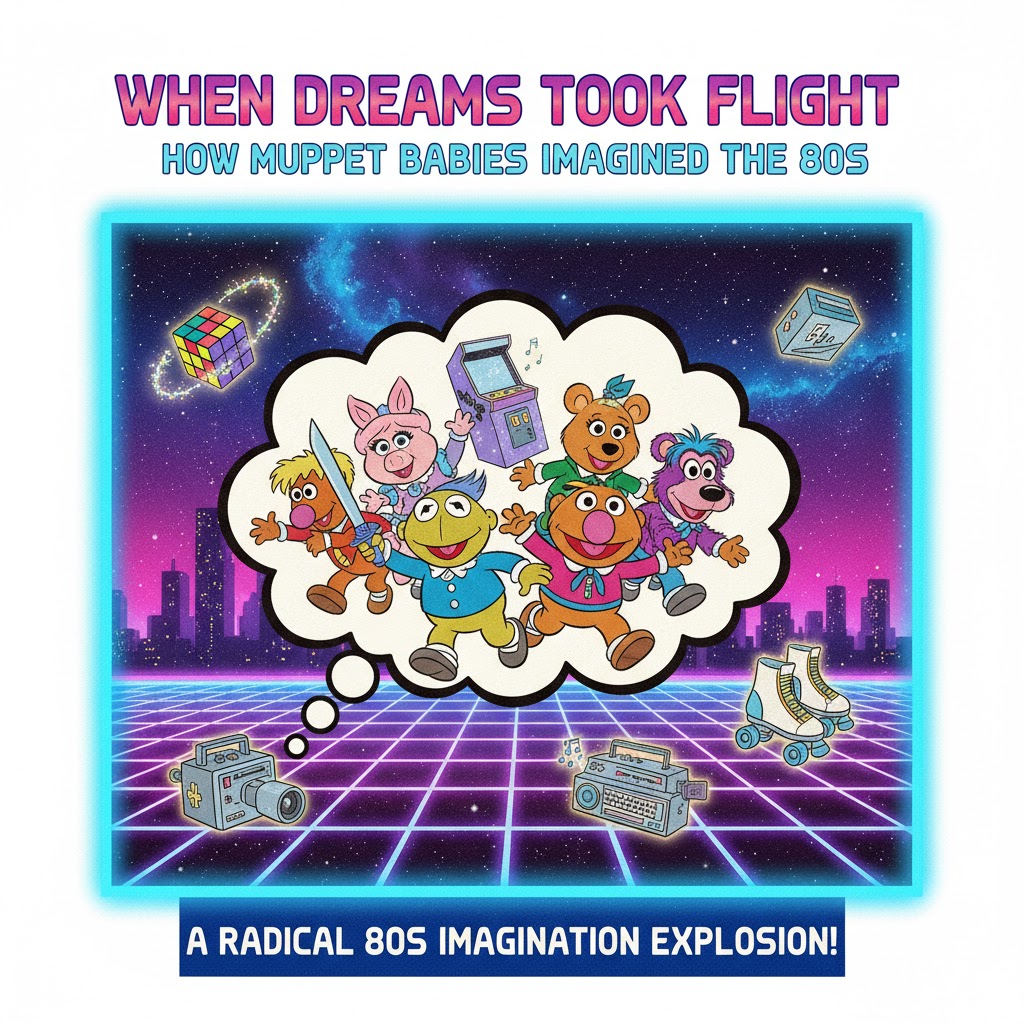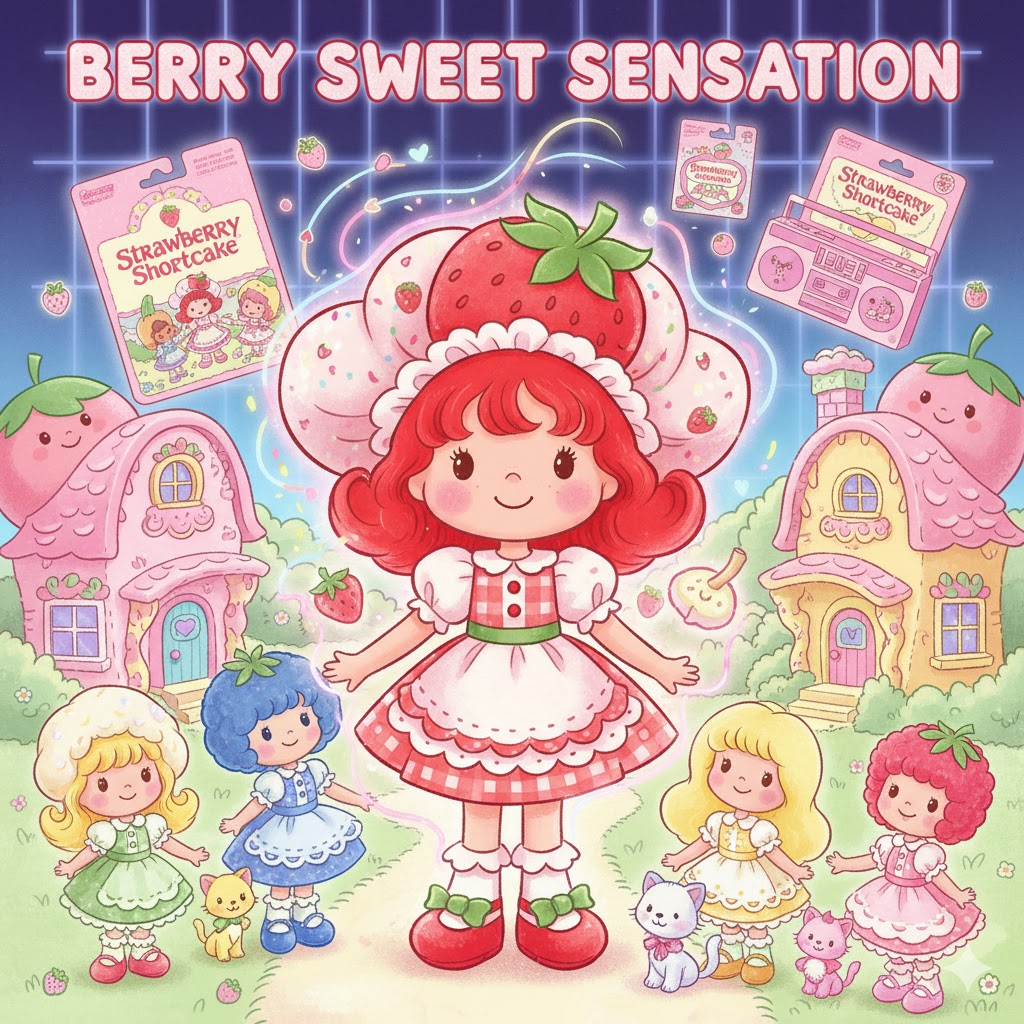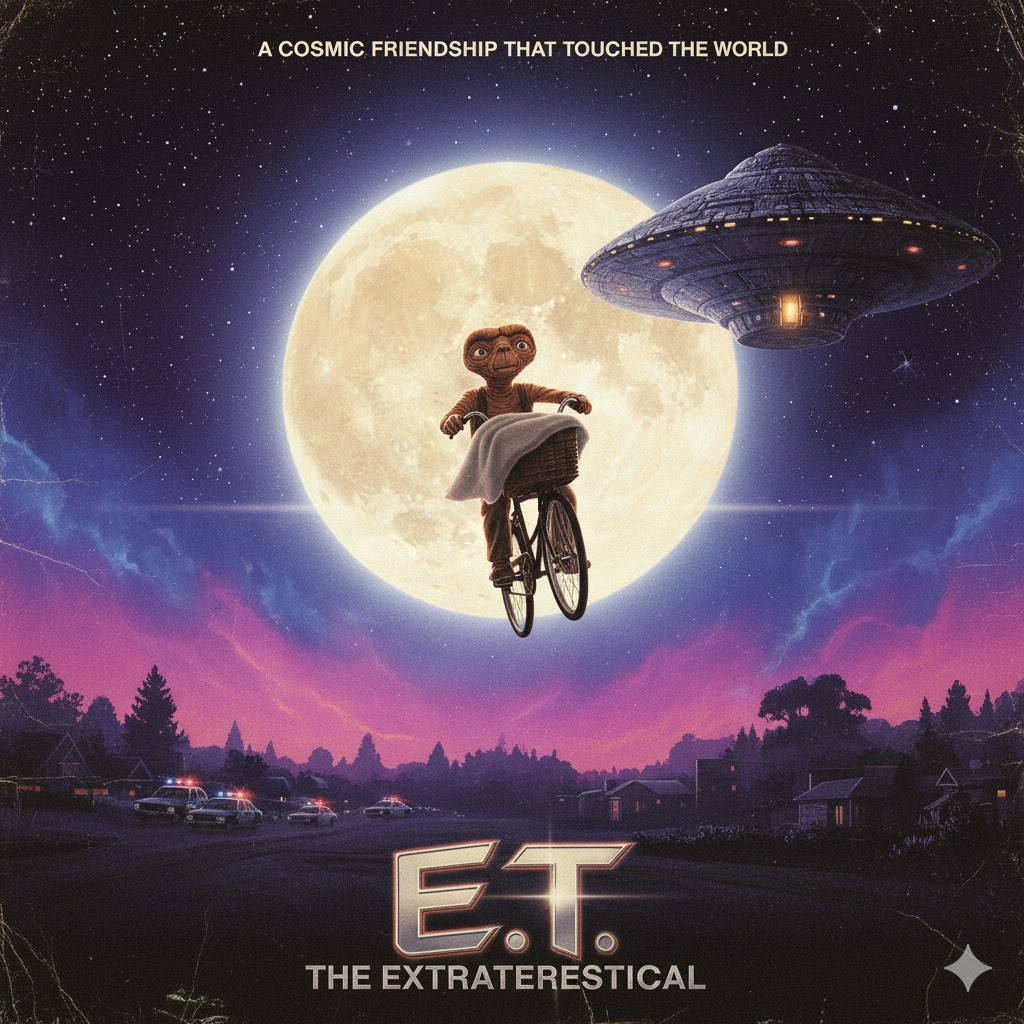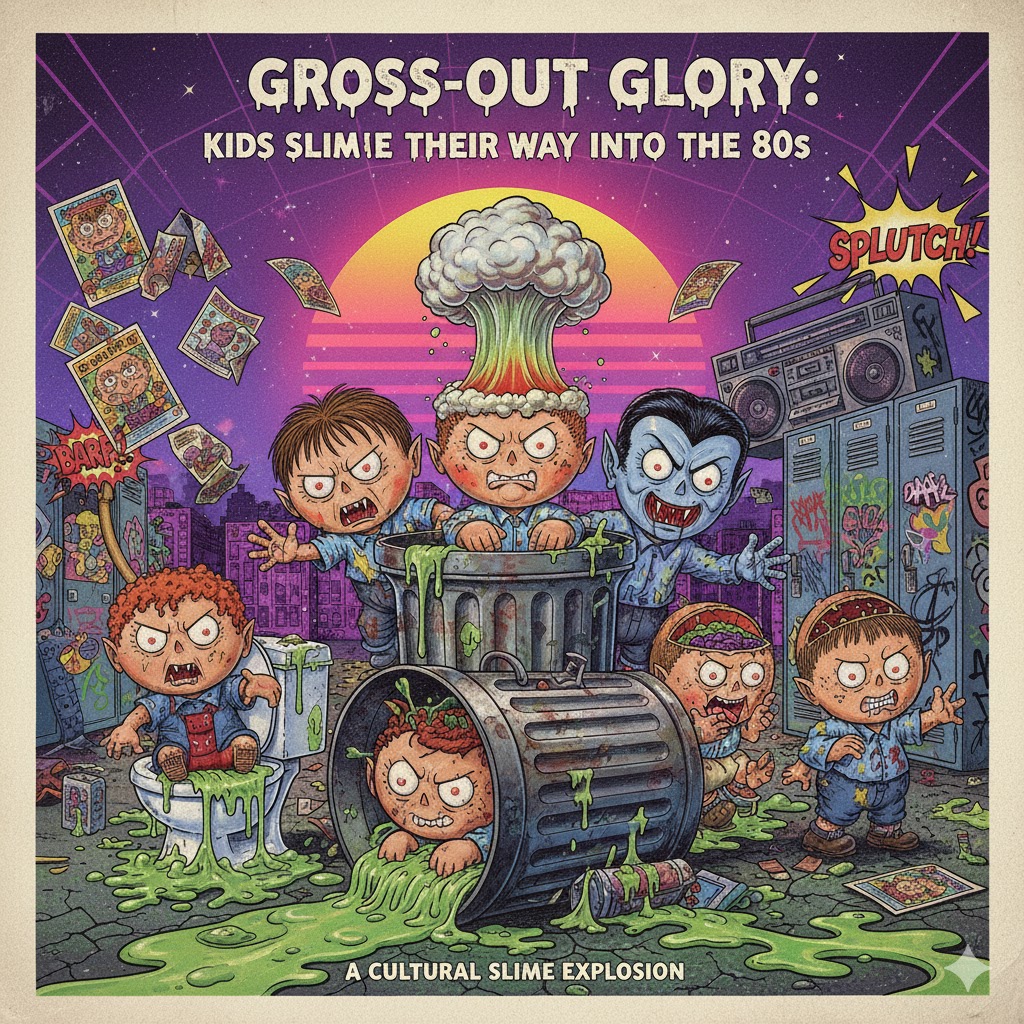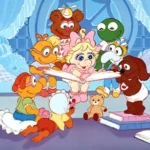 Saturday mornings during the 1980s were a sacred ritual for children across America, and at the heart of that ritual was Muppet Babies. Premiering in 1984, the animated spin-off of Jim Henson’s beloved Muppets brought the iconic characters to life in their infant forms, offering imaginative adventures that were both entertaining and subtly educational. The show’s impact on 1980s pop culture was immense, shaping childhood imagination, merchandising trends, and television animation standards. More than just a cartoon, Muppet Babies became a cultural touchstone that bridged generational gaps, influenced fashion, and left an indelible mark on the era’s entertainment landscape.
Saturday mornings during the 1980s were a sacred ritual for children across America, and at the heart of that ritual was Muppet Babies. Premiering in 1984, the animated spin-off of Jim Henson’s beloved Muppets brought the iconic characters to life in their infant forms, offering imaginative adventures that were both entertaining and subtly educational. The show’s impact on 1980s pop culture was immense, shaping childhood imagination, merchandising trends, and television animation standards. More than just a cartoon, Muppet Babies became a cultural touchstone that bridged generational gaps, influenced fashion, and left an indelible mark on the era’s entertainment landscape.
Muppet Babies distinguished itself from other cartoons of the time through its innovative premise and creative storytelling. While other Saturday morning programs often focused on slapstick humor or superhero escapades, Muppet Babies centered on the imaginative adventures of Kermit, Miss Piggy, Fozzie Bear, Gonzo, and their friends, exploring the world from a toddler’s perspective. Each episode showcased the characters’ creativity, often blurring the line between reality and fantasy as the babies transformed their nursery into far-off lands, wild jungles, or outer space. This narrative structure encouraged children to value imagination, problem-solving, and storytelling, reinforcing the notion that creativity was a vital part of daily life.
The show’s animation style was groundbreaking for its time. Combining traditional hand-drawn techniques with vibrant colors, expressive character design, and dynamic motion, Muppet Babies captured the playful energy of its characters in ways that resonated with young audiences. The visual appeal of the show made it immediately recognizable, drawing viewers into a world where anything was possible. From the smallest details in the babies’ facial expressions to the imaginative backdrops that shifted with each storyline, Muppet Babies offered an immersive viewing experience that left a lasting impression on a generation growing up with television as a central part of life.
Muppet Babies’ cultural influence extended far beyond the screen. The show’s success drove a massive merchandising boom, with toys, lunchboxes, clothing, and school supplies featuring the beloved baby characters. The accessibility of these products allowed children to engage with the characters in their daily lives, reinforcing the emotional connection established through the show. Wearing Muppet Babies t-shirts, carrying themed backpacks, or playing with action figures became a statement of childhood identity and fandom, cementing the characters’ place in popular culture. This merchandising strategy also influenced other television franchises, demonstrating the lucrative potential of tying animated content to consumer products.
Music played a pivotal role in the show’s impact. The catchy theme song, composed by Hank Saroyan, became instantly recognizable and is remembered fondly by anyone who grew up in the 1980s. The opening sequence set the tone for adventure, creativity, and fun, ensuring that viewers were immediately drawn into the world of the Muppet Babies. Musical segments within episodes further reinforced narrative and emotional themes, teaching children lessons about teamwork, perseverance, and friendship in a subtle yet memorable manner. The combination of storytelling, music, and humor made Muppet Babies more than entertainment—it was an educational experience wrapped in vibrant animation.
Muppet Babies also reflected and reinforced broader trends in 1980s pop culture, particularly the celebration of childhood creativity and exploration. Unlike more action-oriented cartoons, the show emphasized thinking, imagination, and emotional intelligence. Each episode often presented challenges that required problem-solving, collaboration, or empathy, allowing young viewers to see positive behaviors modeled on screen. This focus resonated with parents and educators, who recognized the show’s potential to encourage cognitive and social development while entertaining children. The balance between fun and learning made Muppet Babies a trusted part of the Saturday morning lineup, ensuring its relevance and cultural resonance throughout the decade.
The influence of Muppet Babies extended to television programming and the animation industry itself. Its success demonstrated that cartoons could appeal simultaneously to children and adults, a strategy later emulated by other family-oriented shows. The series’ ability to blend humor, music, and inventive storytelling set a benchmark for quality in animated programming. Networks recognized that audiences were receptive to shows that valued creativity and character development, leading to an era of cartoons that combined entertainment with meaningful lessons, from DuckTales to Care Bears. Muppet Babies helped establish a standard where imaginative storytelling could drive both commercial success and cultural impact.
Muppet Babies’ cultural footprint also included its promotion of inclusivity and diversity. The characters, while fantastical, exhibited a range of personalities, strengths, and weaknesses, allowing children to identify with multiple aspects of their personalities. Gonzo’s eccentricity, Piggy’s assertiveness, Fozzie’s humor, and Kermit’s leadership provided a spectrum of traits for children to admire and emulate. The show celebrated differences, teamwork, and self-expression, subtly influencing social norms and attitudes among young viewers. By normalizing individuality and encouraging creative expression, Muppet Babies contributed to the broader cultural conversation about identity and acceptance in a manner appropriate for its audience.
The show’s narrative flexibility was another key element of its enduring appeal. Muppet Babies could shift seamlessly from realistic nursery-based scenarios to wild fantasy adventures, often within a single episode. This fluidity encouraged children to think creatively about the world around them, fostering a sense of possibility and wonder. The show also frequently parodied popular movies, literature, and cultural icons, introducing children to broader elements of pop culture while maintaining age-appropriate content. References to superheroes, fairy tales, and contemporary media provided a multi-layered viewing experience, engaging not only children but also older siblings and parents who recognized the clever nods.
Muppet Babies also left a lasting mark on childhood social rituals and play. Beyond watching the show, children often reenacted episodes with toys or imaginary scenarios, demonstrating the program’s impact on play patterns. The narratives and character dynamics provided frameworks for storytelling, social interaction, and imaginative play, allowing children to explore emotions, relationships, and creativity through role-playing. This interaction extended the show’s influence beyond television screens into daily life, shaping both social behavior and cognitive development.
Television critics and scholars have often noted that Muppet Babies exemplified the potential of animated programming to be both entertaining and meaningful. Its consistent quality, innovative animation, memorable music, and character-driven stories demonstrated that children’s entertainment could be sophisticated, emotionally resonant, and culturally impactful. The series received multiple Emmy Awards and nominations, cementing its reputation within the industry and affirming its influence on peers and successors in animated television.
Pop culture references to Muppet Babies endure to this day. The characters remain recognizable, appearing in nostalgic merchandise, reunion specials, and cultural retrospectives celebrating the 1980s. The show’s influence is evident in later animated programs that prioritize imaginative storytelling, character development, and musical integration. Its success also paved the way for other Muppet spin-offs and reimaginings, demonstrating the enduring appeal of Henson’s creations across generations. For those who grew up with the series, Muppet Babies represents not only entertainment but a formative cultural experience that continues to shape perceptions of childhood media and creativity.
The educational and moral aspects of Muppet Babies cannot be overlooked. Episodes often tackled themes such as honesty, friendship, teamwork, and problem-solving, providing subtle guidance to young audiences navigating their own social and emotional development. By embedding these lessons within engaging, humorous narratives, the show delivered meaningful content without feeling didactic. This approach influenced other children’s programming, reinforcing the idea that entertainment and education could coexist seamlessly in animated media.
Merchandising and cross-media presence amplified the show’s cultural impact. Beyond toys and apparel, Muppet Babies inspired books, puzzles, video games, and even stage appearances, creating a multimedia ecosystem that allowed children to engage with the characters across formats. This cross-platform presence helped solidify the characters in the cultural imagination, ensuring that the Muppet Babies were not confined to the television screen but were a pervasive part of children’s lives throughout the 1980s.
Muppet Babies also encouraged parental engagement with media. Unlike some purely frenetic cartoons of the era, the show offered content that parents could enjoy alongside their children. Its clever writing, musical elements, and pop culture references created moments of shared entertainment, fostering family bonding through television. This intergenerational appeal contributed to the show’s popularity and helped establish standards for quality children’s programming that valued both entertainment and emotional intelligence.
Ultimately, Muppet Babies’ significance in 1980s pop culture lies in its combination of imagination, storytelling, and cultural resonance. The show exemplified how animated programming could inspire creativity, teach subtle life lessons, and become an integral part of childhood experience. Its success reflected broader cultural trends emphasizing individuality, imaginative play, and media engagement, demonstrating the power of well-crafted children’s entertainment to shape social norms, play patterns, and consumer behavior.
For anyone who grew up watching Muppet Babies, the show represents a window into the 1980s: a decade of vibrant creativity, bold experimentation, and cultural expansion. Its characters, stories, and imaginative worlds remain emblematic of an era when television could inspire wonder, spark creativity, and influence the broader culture. Muppet Babies proved that children’s programming could be both delightful and formative, offering lessons in friendship, imagination, and problem-solving that transcended the confines of the nursery.
The legacy of Muppet Babies endures because it captured the essence of 1980s childhood: inventive, curious, and optimistic. Its influence on animation, merchandising, music, and pop culture cemented its place in the cultural landscape, creating a shared experience that remains nostalgic for those who grew up in the decade. The show’s combination of humor, heart, and imaginative storytelling established standards that continue to guide children’s entertainment today, proving that the simplest nursery adventures could resonate far beyond the television screen.
Muppet Babies was more than a Saturday morning cartoon—it was a cultural phenomenon that defined a generation’s imaginative play, shaped childhood social rituals, and left an enduring imprint on 1980s pop culture. Through its innovative storytelling, vibrant animation, and memorable characters, the series demonstrated that children’s entertainment could be creative, engaging, and culturally significant. The enduring affection for Muppet Babies underscores its importance as a defining symbol of 1980s media, imagination, and childhood joy, proving that even the smallest characters can leave the largest cultural footprint.
